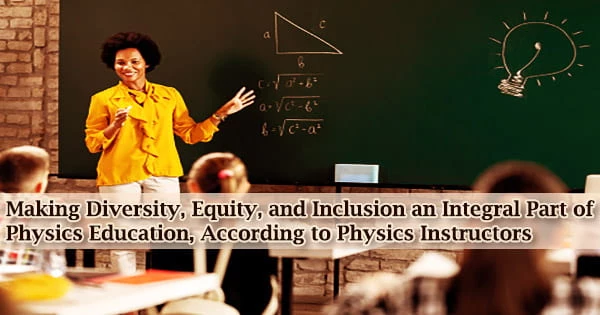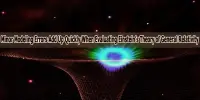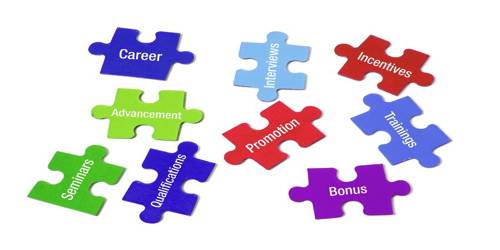While many physics instructors are beginning to include diversity, equity, and inclusion (DEI) courses in their classes, it may often feel like an afterthought rather than an essential part of becoming a physicist.
Scientists from Carleton College and the University of Colorado Boulder contribute to changing this narrative in The Physics Teacher, published by AIP Publishing, by offering debates and activities on DEI as a fundamental and vital aspect of physics instruction beyond the introductory level.
“Diversity, equity, and inclusion are a part of being a physicist, just as much as knowing about quantum mechanics or using an oscilloscope,” said author Martha-Elizabeth Baylor.
In 30-person and 75- to 120-person classrooms, the team developed two separate approaches for DEI curriculum at the intermediate level.
The former substituted a reflection essay on a topic of interest to physicists for one question on a weekly homework assignment. During a two-day class on representation, the latter included exercises and discussions.
“On the whole, students respond positively to covering this material in a physics class,” said author Jessica Hoehn. “They are eager for these conversations.”
In the first method, the reflection essays were a minor part of a wider “Practicing Professionalism” framework that looked at what physicists know, do, and care about. Meanwhile, the second method put students to the exam on the concepts they learned in DEI activities and discussions, just as it would with any other course material.
Many students come to see that the physics community thinks about the things that they think about, the things they care about. They find that anybody can be a physicist. They just have to care about physics, choose to do physics, and choose that as part of their identity.
Martha-Elizabeth Baylor
Students began the term by writing themselves out of the definition of a physicist, according to Baylor. By the end of the lesson, though, that had changed.
“Many students come to see that the physics community thinks about the things that they think about, the things they care about,” said Baylor.
“They find that anybody can be a physicist. They just have to care about physics, choose to do physics, and choose that as part of their identity.”
A common issue arose among the women in these classes: their feelings about being in physics were unique to the cultural context in the United States.
The authors believe that instructors can examine each curriculum and create lessons that they feel confident implementing. For instructors who prefer to connect with students on an individual basis rather than leading a class discussion, the individual reflection tasks in the first approach may be a better place to start.
The researchers suggest that students explore through their resources for inspiration, then collect feedback and iteratively improve the curriculum. They hope to inspire other educators to think about physics as a human endeavor.
“We’re doing this, because if you enter the physics community, you need to be able to engage intelligently and respectfully in these conversations,” said Baylor.
















